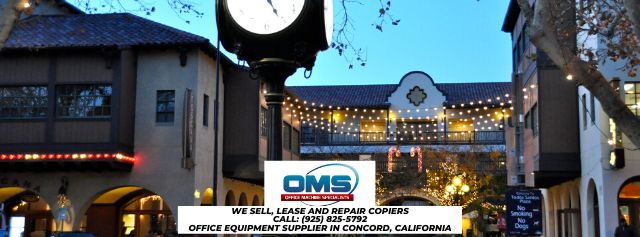Office Machine Services and Sales Solutions
Black Diamond Mines Regional Reserve is a 6,000-acre (2,400 ha) park located north of Mount Diablo in Contra Costa County , California, under the administration of the East Bay Regional Park District (EBRPD). In 1973, the district bought the house. The reserve includes ruins of three mining towns, former coal and sand mines, and provides guided tours of a former sand mine. 60 miles (97 km) of trails in the Preserve traverse rolling foothills of grassland, California oak woodland, California mixed evergreen forest, and chaparral.
Native Americans have been living in the Greater Bay Area for thousands of years. Black Diamond was found in the backcountry between the three tribes of Chupcan (Concord), Volvon (Clayton) and Ompin (Pittsburg). The Bay Miwok language was spoken by all three nations. With the arrival of Spanish, Mexican and American settlers after 1772, the way of life of Bay Miwok changed rapidly.
Until the discovery of coal, cattle ranching was the main industry in the region. After the mines had closed, some miners had sought a new profession in ranching. Abandoned mining town buildings became barns, railway ties were used as fence posts, and boilers were turned into water troughs. In the Preserve, descendants of the original mining families still graze cattle.
From the 1860s to the turn of the last century, five coal mining towns thrived in the Black Diamond area: Nortonville, Somersville, Stewartville, West Hartley, and Judsonville. As California’s largest coal mining activity, nearly four million tons of coal (‘black diamonds’) were mined from the earth. The inhabitants of the mining towns came from all over the world, and their lives were marked by hard labor and long hours of work. Occasional gatherings and a number of organisations and social events have tended to relieve the hardship of everyday life.
The coal mines had a huge influence on the economy of California. By the time operations had ceased due to increasing cost of production and the exploitation of new energy sources, most of California ‘s economy had been transformed from a rural to an industrial base.
In the 1920s, underground sand mining started near the abandoned villages of Nortonville and Somersville. The Somersville mine supplied sand used in glass by the Hazel-Atlas Glass Company in Oakland, while the Nortonville mine supplied the Columbia Steel Works with foundry (casting) sand. The competition for Belgian glass and the closure of the steel foundry ended the sand mining activity in 1949. In total, more than 1.8 million tons of sand had been mined.
The trails offer views of Mount Diablo, the delta of the Sacramento-San Joaquin River and the Sierra Nevada on clear days. The Preserve typically has an amazing range of wildflowers in the spring, including the rare Mount Diablo fairy lantern, Mount Diablo sunflower, and Brewer’s dwarf linden. It is home to a wide range of animals, including deer, mountain lions, coyotes, foxes, bobcats, golden eagles and a variety of hawks. The endangered San Joaquin fox kit and the threatened California red-legged frog, California tiger salamander and Alameda whipsnake are also present. The park is open all year round for hiking, mountain biking and horseback riding from 8 a.m. to dusk. A backpack camp and a group camp may be reserved for overnight stays. There have been a lot of stories of a ghost in the park.
The Rose Hill Cemetery, officially designated as the Protestant Cemetery, the final resting place for over 200 inhabitants of the coalfield, is situated on a hillside between the towns of Somersville and Nortonville. After the mines had closed and the surrounding towns had been deserted, the cemetery had fallen into disuse. Many of the tombs have been looted or damaged by vandals. In 1960, Ansel Adams photographed two Italian cypress trees in the cemetery and named the picture “Poplars, Cemetery near Mount Diablo.” The picture was taken with a Polaroid camera, although it may not have been a traditional consumer camera model.
This amazing landmark in Antioch, California is located near some other must-see places of interest:
- Roswell Butler Hard House
- Shannon-Williamson Ranch
- El Campanil Theatre
- Arts and Cultural Foundation of Antioch
- Antioch Historical Society Museum
- Lynn House Gallery
- Rivertown Art Center
- Contra Costa County Fairgrounds
All of these wonderful landmarks are located just a short distance from our location at 1091 Shary Circle in Concord, California! Stop by for a visit anytime!
